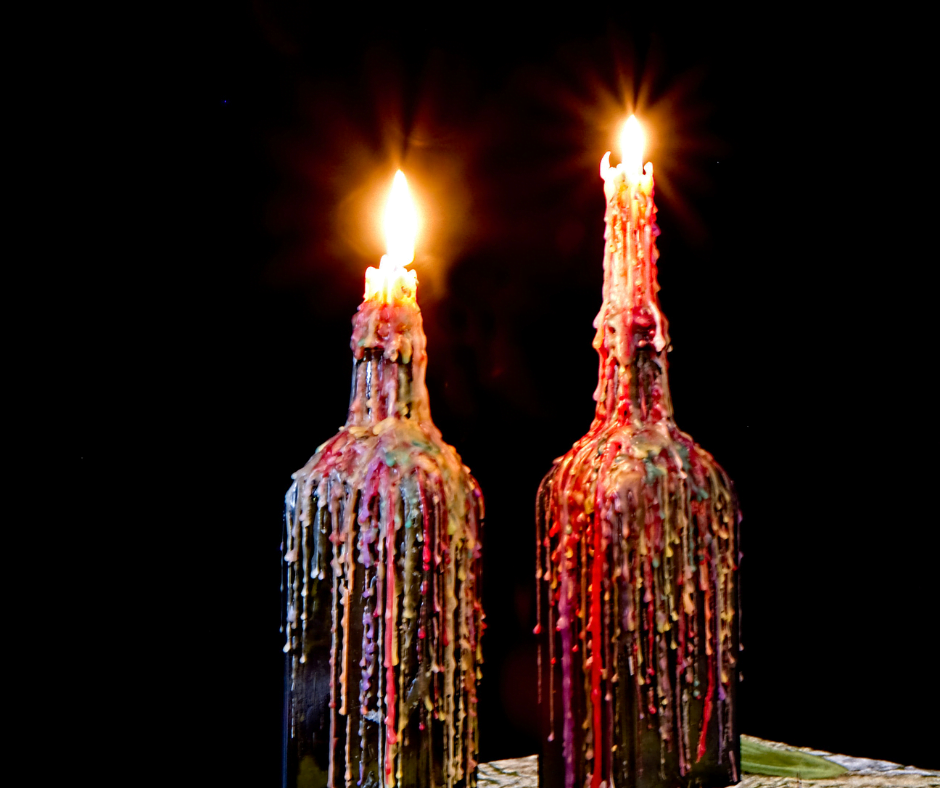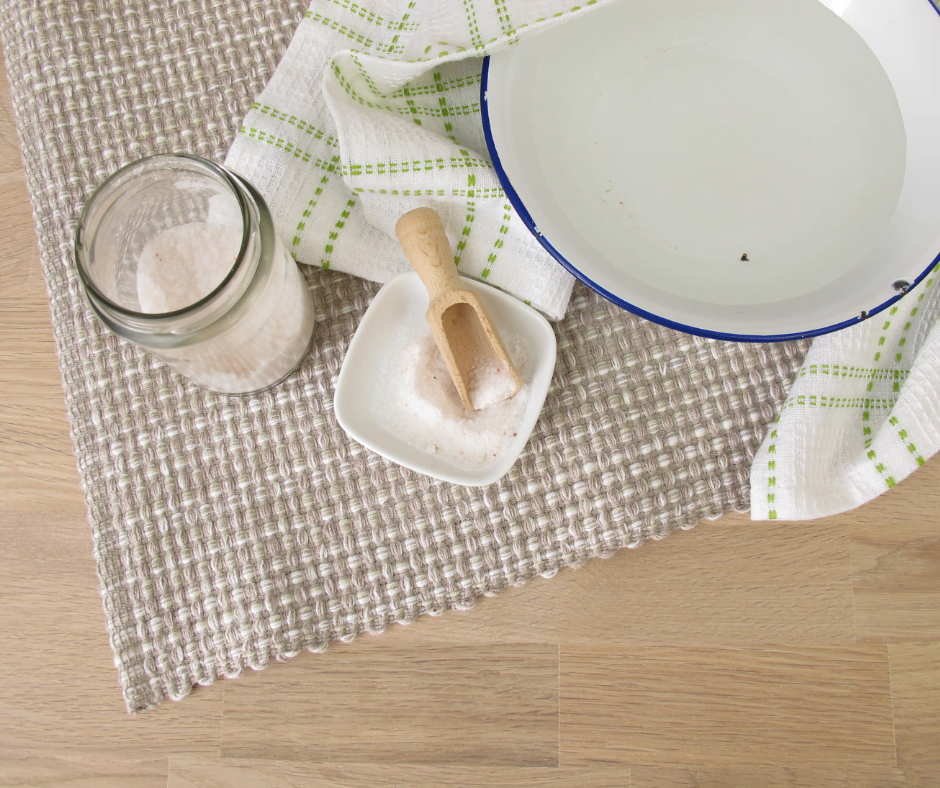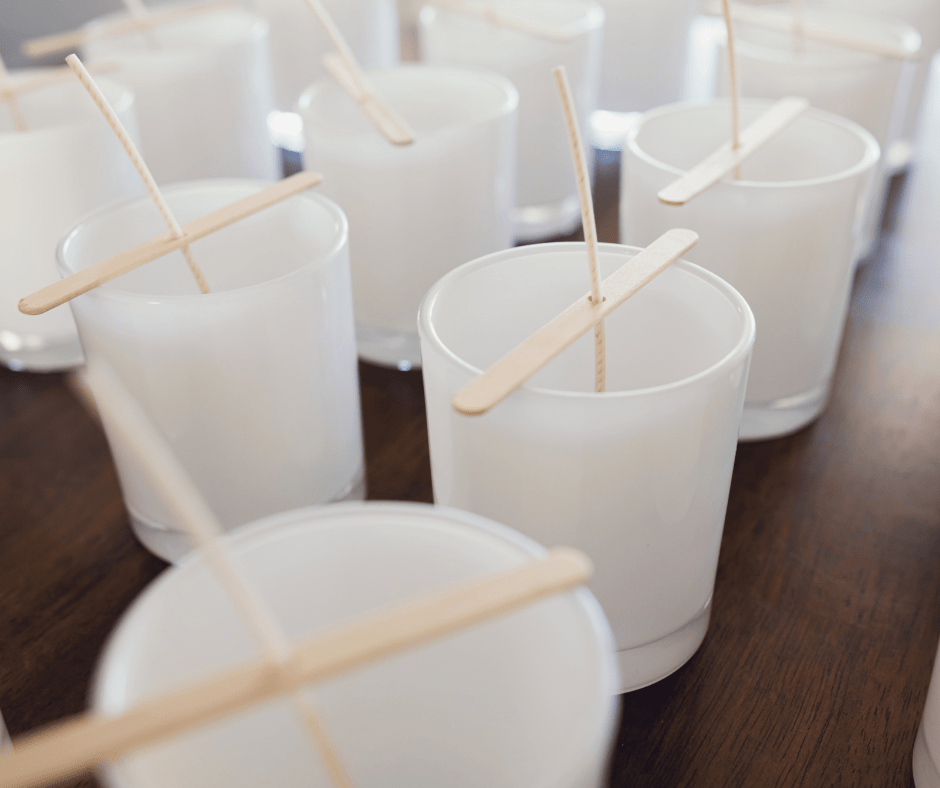Candles are a popular item to give or receive as a gift, and many people enjoy burning them in their homes. However, one downside to candles is that they can often drip hot wax, which can be a hazard and cause a mess to the surrounding area. This article will discuss how to make candles that won’t drip so you can safely enjoy their warm glow.
Dripless candles are candles that are designed not to drip. Three main ways to achieve this are dipping your candle in salt water, coating your candle in a higher melting point wax known as “over dipping,” and balancing your wick to your candle diameter through testing.
This article will teach you how to make your dripless candles using the three main methods. Following these instructions, you can avoid the hazards of hot wax dripping and enjoy your candles without the mess.

What are dripless candles, and why do regular candles drip?
Dripless candles have been treated so that they do not drip when burning. There are a few reasons why candles might drip, but the most common is that the wick is too long, the candle is placed in a draft, the wick is not the correct configuration for your candle diameter or the candle wax type has a low melting point.
The problems listed above will lead to the heat from the flame melting the wax across the entire plane of the surface of the candle. This will lead to the melted candle wax dripping over the side of the candle, which will run down the side of the candle’s surface. These drips will either cool and harden on the candle’s surface or drip onto the surface on which the candle is placed and harden.

How do dripless candles work?
Most dripless candles on the market use a higher melting point wax that has been treated to resist dripping. In addition, these candles have often been “over dipped,” dipping the candle multiple times into a melted wax with a higher melting point. This gives the candle a thicker coating of wax which helps to prevent dripping as the inside of the candle will melt quicker than the surrounding layer.
Below we will cover the three methods you can use to turn a standard candle into a dripless one.
How to make a dripless (nondrip) candle?
There are three methods to prevent candles from dripping, and they are:
Dipping your candle in salt water – Method 1
This method causes the salt to diffuse into the wax, increasing the melting point of the outmost layer of wax. To do this, you will need to add water into a pot and add enough salt for the solution to become saturated. Several tablespoons of salt should do the trick. Once the water is ready, carefully dip your candle into it, ensuring that the candle is submerged with the wick exposed from the water.

A standard 8oz candle should only need an hour submerged within the solution. Remove the candle from the solution and allow the candle to dry completely. Once dried, trim the wick to 1/4 inch and enjoy your new dripless candles.
Coating your candle in a higher melting point wax – Method 2
This method, also known as “over dipping,” works by creating a coating of wax around the outside of your candle with a higher melting point than the wax used in the candle. This will prevent the candle wax from dripping, as it will take longer for the flame’s heat to melt the outer coating. To do this, you must melt some wax in a double boiler and dip your candle. Allow the candle to cool completely before trimming the wick and lighting it.
You should dip your candle several times, ensuring that the wick is not submerged into the melted wax. Ensure that the wax you use has a higher melting point than the candle in use. We suggest you check out our article about temperature management, which explores the different melting points of common wax types.
Balancing your wick to your candle diameter – Method 3
This method ensures that the wick is the correct size and type for your candle. If the wick is too small, it will not be able to draw up enough wax to keep the flame burning, and if it is too large, it will draw up too much wax and cause the candle to drip. You must test the burn to find the correct wick size and type.
Start by lighting your candle and allowing it to burn for a few minutes. Then, extinguish the flame and allow the wax to cool. Once it is cool, measure the diameter of the wax pool. This will give you an idea of how much wax your wick can consume.

Next, trim the wick to be 1/4 inch above the wax. If the wick is too long, it will cause the candle to drip, and if it is too short, it will not be able to draw up enough wax to keep the flame burning.
Once you have trimmed the wick, relight the candle and allow it to burn until the wax pool has reached the edge of the candle. Extinguish the flame and allow the wax to cool. If your candle drips, try trimming the wick slightly shorter and repeating the test. Continue cutting the wick and testing until you find the perfect balance.
You may find that you must test and sample different wicks for your candles. There are many different wicks on the market, including cotton, paper, and bamboo. Each wick will produce a different result, so it is essential to test each one until you find the perfect combination for your candle.
Now that you know how to make dripless candles, you can enjoy their warm glow without worry!
Which method is the best for making dripless candles?
There is no one “best” method for making dripless candles. The best way for you will depend on your preferences and the supplies that you have available.
Dipping your candle in salt water is a good option if you want a quick and easy solution. This method works well and only requires a few items you probably already have in your home.
Coating your candle with a higher melting point wax is a good option if you want a more permanent solution. This method will take a bit more time and effort, but it will create a coating that will last for the candle’s life.
Balancing your wick to your candle diameter is the best method to get the most out of your candle. This method requires a bit of trial and error to find the perfect wick size and type, but it will help your candle burn more evenly and prevent dripping. Wick testing is a critical skill you will need to develop on your candle-making journey.
Tips for avoiding wax dripping in your home
There are a few things that you can do to avoid wax dripping in your home-made candles:
- Use the correct wick size for the diameter of your candle. If the wick is too small, it will not be able to draw up enough wax to keep the flame burning, and if it is too large, it will draw up too much wax and cause the candle to drip.
- Trim the wick to the correct length. The wick should be 1/4 inch above your wax. If the wick is too long, it will cause the candle to drip, and if it is too short, it will not be able to draw up enough wax to keep the flame burning.
- Balance the wick. You must test burn to find the correct wick size and type for your candle.
- Keep an eye on your candles. If you see that your candle is starting to drip, extinguish the flame and allow the wax to cool. Once it is cool, trim the wick and relight the candle.

FAQs about making dripless candles
What are the benefits of dripless candles?
There are many benefits to using dripless candles. They are safer than traditional candles because they are less likely to cause injuries from hot wax. They also last longer because they do not drip and waste wax. They also remove the mess that can build up when a candle drips onto the surrounding surfaces.
What is the best wax to use for dripless candles?
There are a few different types of wax that you can use for dripless candles. The best kind of wax to use will depend on your preferences and the supplies that you have available.
Some good options for wax include paraffin wax, beeswax, soy wax, and palm wax. Each type of wax has its benefits and drawbacks, so you must decide which one is right for you. We suggest you read our guides to each individual wax type so you can make an informed decision. You can choose from Soy, Paraffin, Beeswax, Coconut, Rapeseed, and Palm wax.
Final Thoughts
Making dripless candles is not as difficult as it may seem. Following the tips in this article, you can create beautiful, long-lasting candles that will brighten up any space in your home. Thanks for reading!


